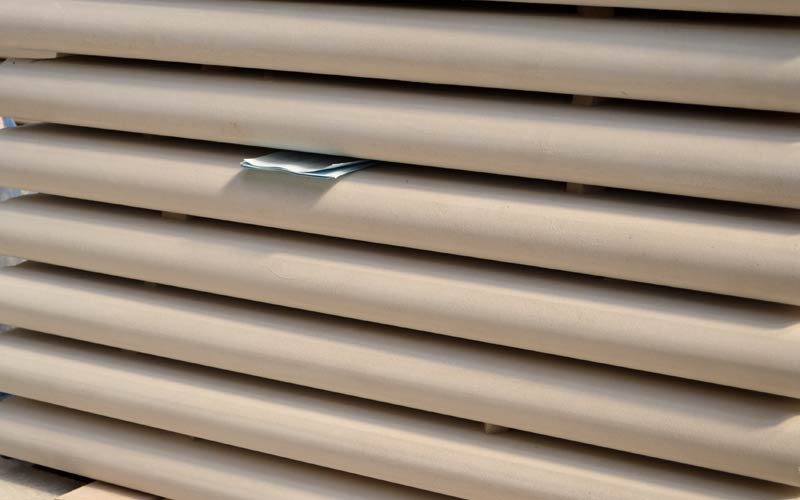thehungrytroglobite
Well-known member
Does anyone know why this curtain in FOUL pot is so red/orange? Is it because of peat or iron?
I know blue can be because of copper ions and black because of manganese oxide. Are the blue formations in South Wales because of the former and the black formations in Gingling because of the latter? Or might there be other causes too?

I know blue can be because of copper ions and black because of manganese oxide. Are the blue formations in South Wales because of the former and the black formations in Gingling because of the latter? Or might there be other causes too?


